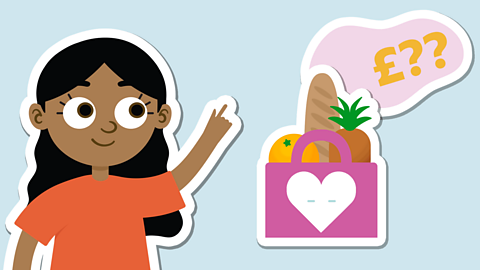What is problem solving?
Problem solving is a great way to put your money knowledge into practice and think about how money is used in the real world.
Remember that RUCSAC can help you solve word problems:

RUCSAC is an acronym that helps us to remember the order to tackle word problems:
READ the question carefully.
UNDERLINE and UNDERSTAND key words.
CHOOSE the correct operation (+ - x ÷) and method.
SOLVE the problem!
ANSWER the question.
CHECK your working out.
Now let's take a look at some money problems and use RUCSAC to help us solve them.
Example 1
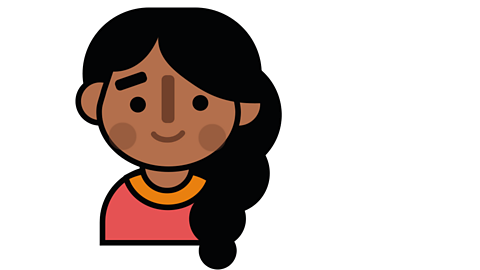
Charlotte saved £18.45 of the money she got for her birthday and £11.53 of the money she earned from babysitting her brother. How much money has she saved altogether?
- READ
Have you read the question carefully?
- UNDERLINE and UNDERSTAND
Underline or highlight the important information. Do you know what the problem is asking?
Charlotte saved £18.45 of the money she got for her birthday and £11.53 she earned from babysitting her brother. How much money has she saved altogether?
- CHOOSE
'Altogether' tells us that we need to add the amounts together.
- SOLVE
You can use the column method to work out this sum.

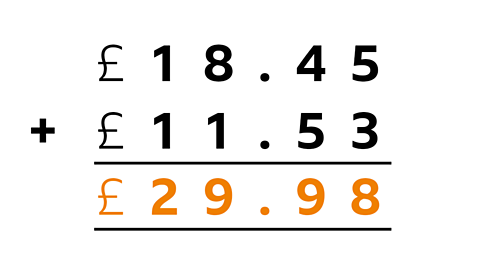
So £18.45 + £ 11.53 = £29.98
- ANSWER
You’ve worked out how much Charlotte saved altogether so you have answered the question.
- CHECK
Double check that you have added up the numbers correctly and the decimal points are in the correct position. Make sure you have used the pound sign.
Example 2
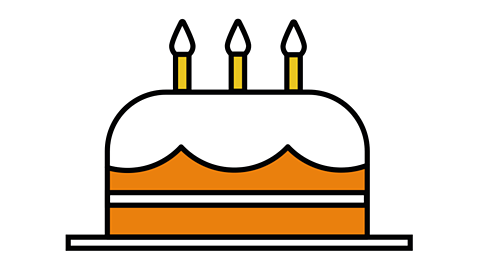
A cake costs £2.10. How much do 5 cakes cost?
- READ
Read the question again and make sure you understand it.
- UNDERLINE
Now highlight the important information:
A cake costs £2.10. How much do 5 cakes cost?
- CHOOSE
This question is asking you what 5 lots of £2.10 is, so the operation to choose is multiplication.

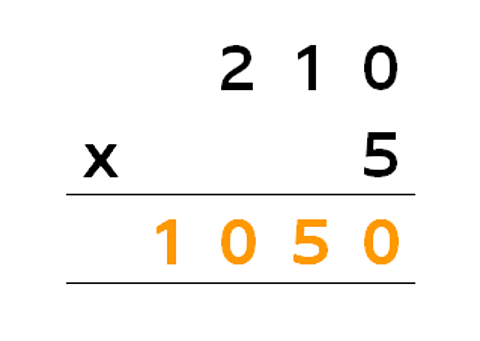
- SOLVE
Turn the pounds into pence first so it’s easier to multiply.
£2.10 = 210p
- ANSWER
Turn the pence back into pounds.
1050p = £10.50
- CHECK
Always check your working out!

Top tip
You could also use visual images to help you solve this question through repeated addition.

Here are our 5 groups of £2.10 using a two-pound coin and a 10p coin.

Now add up all the two-pound coins and 10p coins to see how much there is altogether.
£10.50
Both answers are the same. There's usually more than one way to solve a problem!
Activities
Activity 1
Using a pen and piece of paper and remembering the RUCSAC method, try to work out the following:
For her birthday, Amelia receives £5.00 from her grandfather and £10.00 from her aunt.
With the money, she decides to buy a book for £7.99 and then some chocolates on offer for £3.90.
Does she have any birthday money left, and if so, how much?
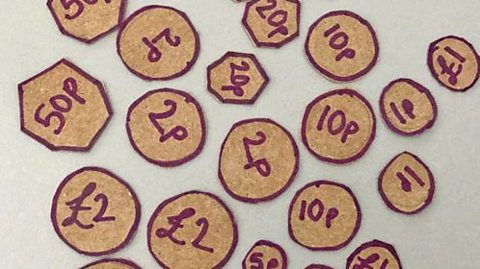
You may find it helpful to use some real or pretend money to help you find the answer to the question.Or you can make your own; draw around real coins or bottle caps onto paper or card.

Quiz
Try this quiz to see how well you understand multiplying amounts.
Play Guardians: Defenders of Mathematica to get ready for SATs. gamePlay Guardians: Defenders of Mathematica to get ready for SATs.
In this game, use the times tables and more maths skills to defeat monsters and reclaim the Kingdom.

More on Money
Find out more by working through a topic
- count3 of 6

- count4 of 6
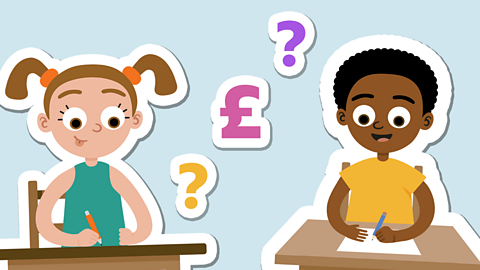
- count5 of 6
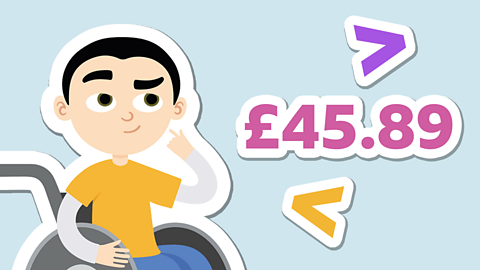
- count6 of 6
